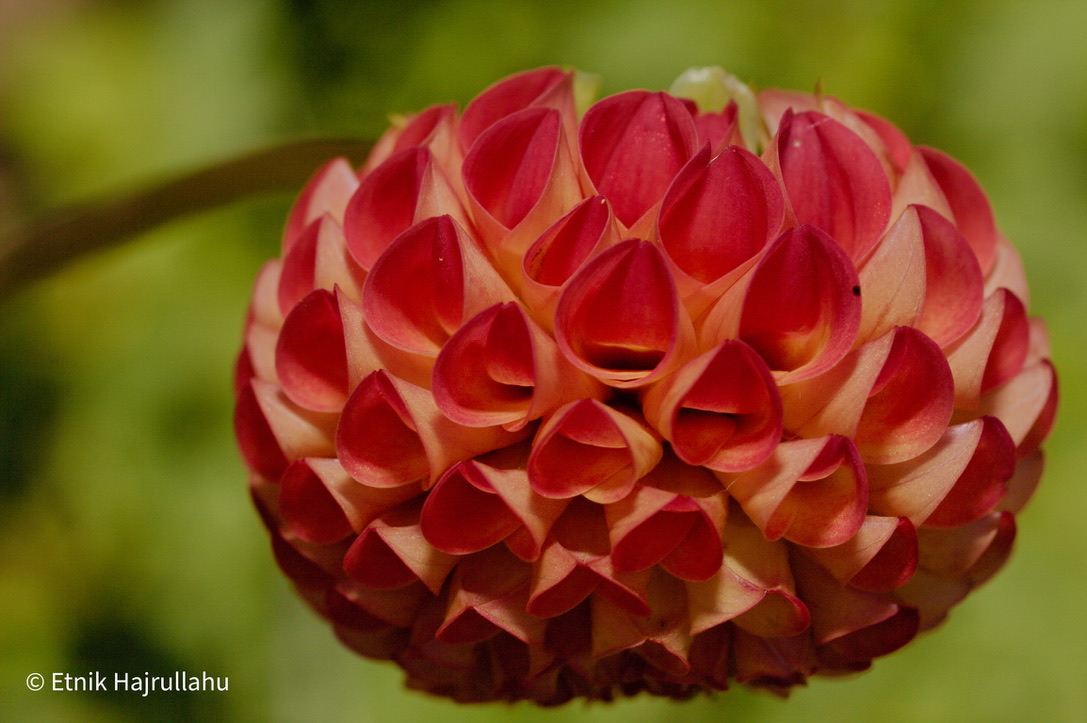Plants are essential to life on earth, providing the oxygen we breathe, the food we eat, and the materials we use for shelter and clothing. They come in a wide variety of shapes and sizes, and can be found in almost every corner of the world. Whether you’re a botanist or just a casual observer, there is always something new and exciting to learn about these amazing organisms.
Classification
Plants belong to the kingdom Plantae, which includes all organisms that produce their own food through photosynthesis. Within this kingdom, there are over 300,000 different species of plants, each with its own unique characteristics and adaptations. Plants are further classified into divisions, classes, and orders based on their physical and genetic traits.
Physical Characteristics
Plants are known for their unique physical characteristics, including leaves, stems, roots, and flowers. Leaves are specialized for photosynthesis, with many plants having large, flat leaves to capture as much sunlight as possible. Stems provide support and transport nutrients throughout the plant, while roots anchor the plant in the ground and absorb water and nutrients. Finally, flowers are the reproductive structures of plants, attracting pollinators and producing seeds.
Behavior
Plants exhibit a wide range of behaviors, from growth and development to response to environmental stimuli. Growth and development are driven by hormones, with many plants having different growth stages, such as germination, vegetative growth, and reproduction. Plants also respond to environmental stimuli, such as light, gravity, and touch, by adjusting their growth and development to maximize their chances of survival.
Ecology
Plants play a critical role in many ecosystems, serving as primary producers at the base of the food chain. They also provide important ecosystem services, such as carbon sequestration, soil stabilization, and water purification. Many plant species are also used for medicinal purposes, with compounds from plants being used to treat a wide range of ailments.
Threats and Conservation
Unfortunately, plants face a variety of threats from human activities, including habitat loss, pollution, climate change, and overharvesting. Many plant species are also at risk of extinction, with over 10,000 species currently listed as threatened or endangered.
Conservation efforts are underway to protect and restore plant populations around the world. These efforts include habitat restoration, seed banking, and public education and outreach. Citizen science programs are also popular ways for individuals to get involved in plant conservation.
Conclusion
Plants are amazing organisms that are essential to life on earth. By understanding their physical characteristics, behaviors, and ecological roles, we can better appreciate the beauty and diversity of the natural world. By working to protect and conserve plant populations, we can ensure that future generations will be able to enjoy the many benefits that plants provide.

